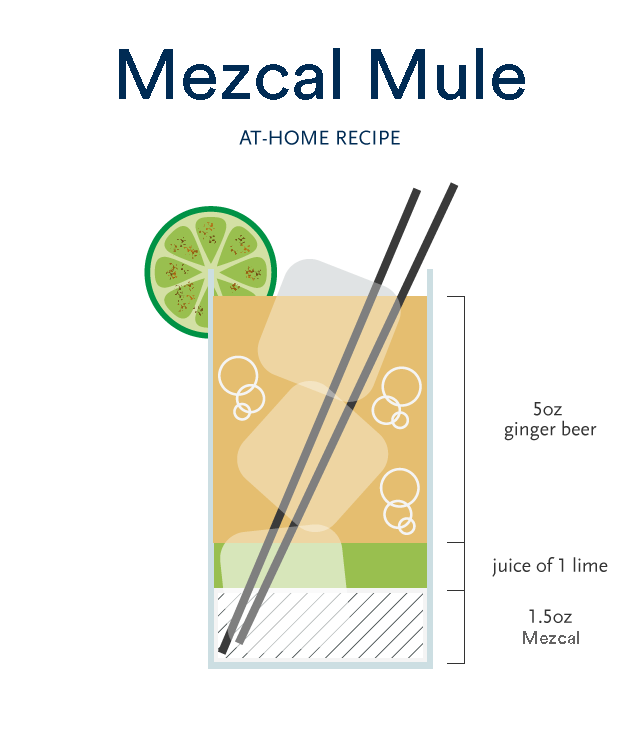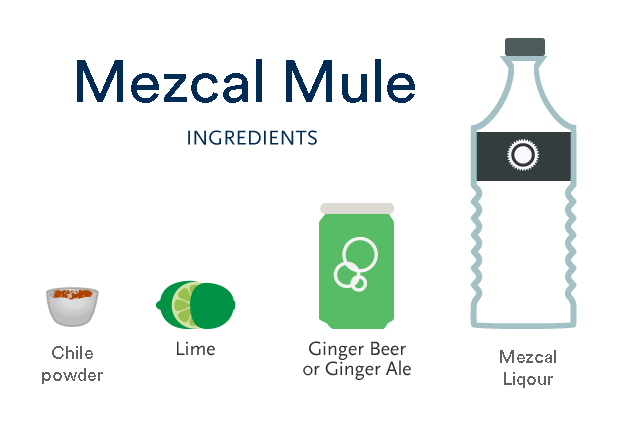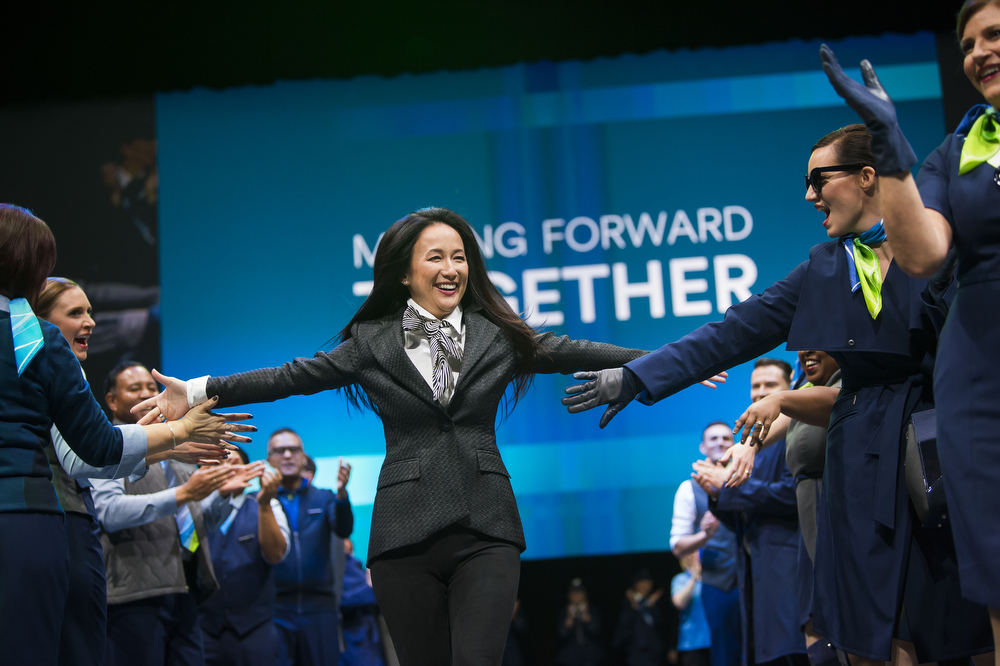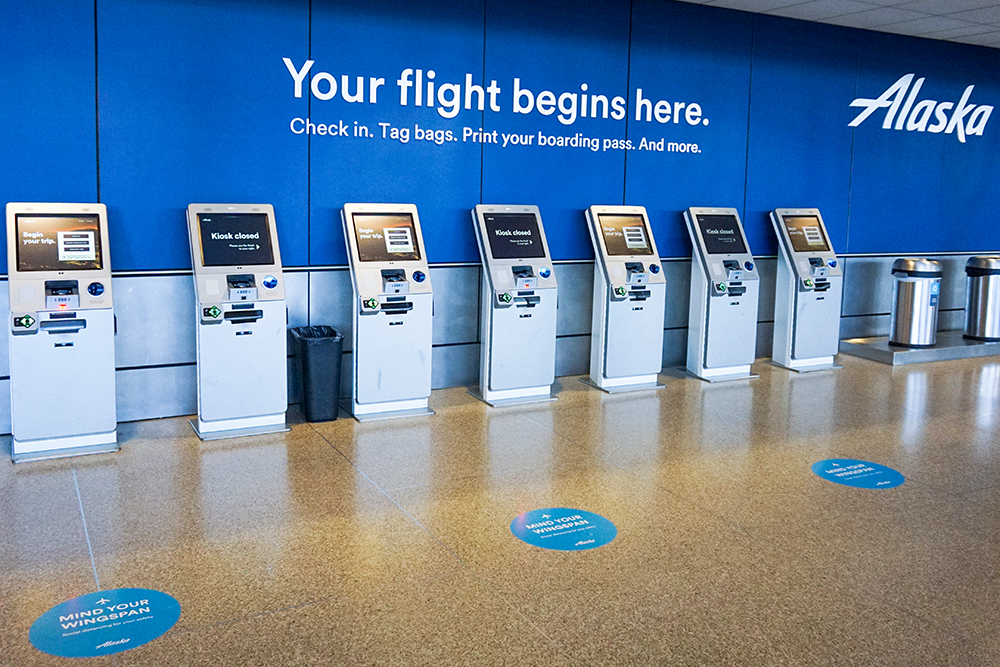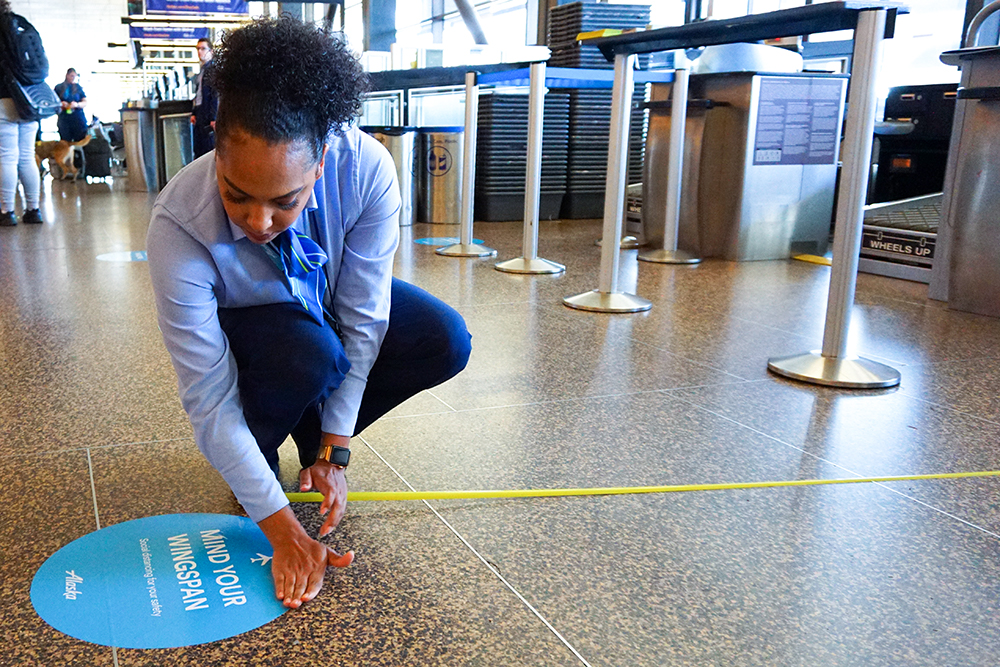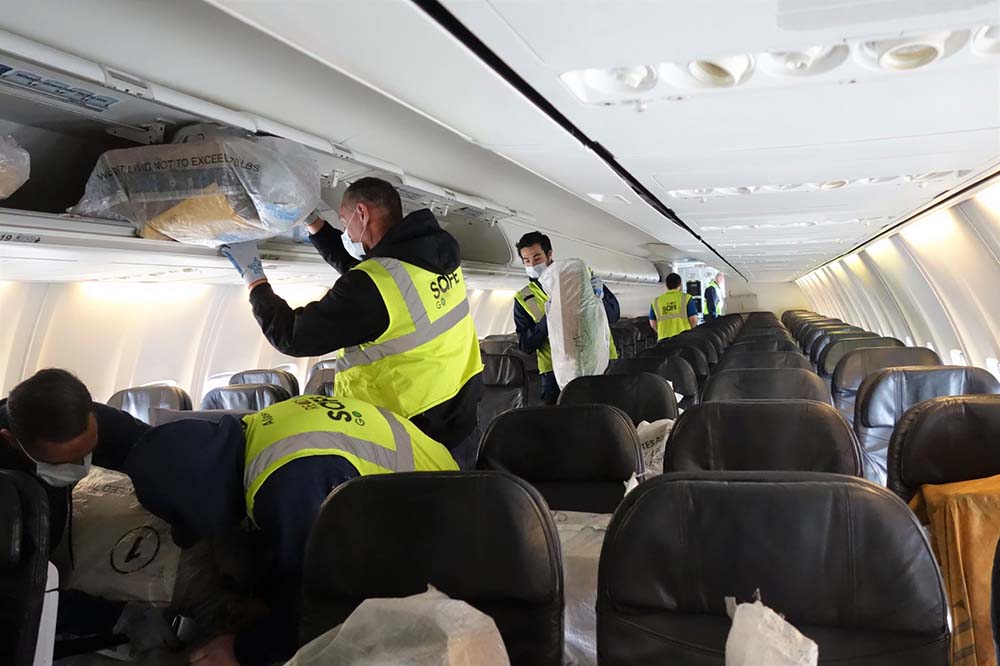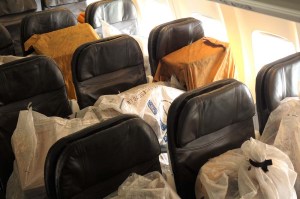Ola Nui Kākou (we thrive in good health) – this is the rallying cry behind Kealopiko's latest project that brings community partners together in the manufacturing and distribution of reusable fabric face masks to protect thousands of native Hawaiian keiki (children) and families in need from COVID-19. It’s an initiative we are honored to be a part of.
When Hawaiian Airlines Brand Director Alisa Onishi received a call from Kealopiko Co-founder Jamie Makasobe asking if Hawaiian was interested in shipping masks from California to Hawai'i, she immediately agreed to not only provide complimentary transportation but also sponsor the project.

A Kealopiko fabric face mask.
"Our great design partner, Kealopiko, reached out to us prior to the mayor of Honolulu mandating masks to be used in public spaces," Onishi said. "And having recently launched our new in-flight amenity kits together, Kealopiko knew that we’d be up for supporting this great effort."
This meant Hawaiian would cover the cost of manufacturing and transporting 2,000 masks that would go to our local partners, as well as carry an additional 3,000 masks shipped from Los Angeles, where Kealopiko’s facility is able to mass-produce masks in partnership with Smartees Hawaii.

Employees with Hawaiian's Team Kōkua volunteer group helped sort and deliver the shipment of Kealopiko cloth face masks.
As soon as the masks arrived in Honolulu on April 10, our employee volunteer group, Team Kōkua, began dividing the shipment into care packages for various organizations, including our longtime partner, the Blood Bank of Hawaii (BBH), which now needs masks for its staff and donors. For years, we’ve transported the group’s critical blood supply throughout our islands.

Employee volunteers helped to package over 2,000 cloth face masks to be distributed to local partners.

A personalized note was included in each care package.
“Just as Hawai'i’s patients depend on 25,000 volunteer donors every year for the gift of lifesaving blood, so does Blood Bank of Hawaii depend on partners like Hawaiian Airlines to deliver that blood every day to Neighbor Island hospitals,” said Kim-Anh Nguyen, CEO of BBH. “Now, with COVID-19, Blood Bank has even more to be thankful for: a generous gift of masks and refreshments for our staff and blood donors from the Ola Nui Kākou Project.”
The donation allowed BBH to pay it forward and host a much-deserved lunch celebration during National Laboratory Professionals’ Week to mahalo healthcare heroes who work behind the scenes to process, test, and distribute blood.
“As a little gift we packaged your snacks and mask for each lab technician. It was wonderful to see them wearing their masks proudly by the end of the day! There are still many more gifts to share with our collections staff, volunteers and other team members,” Nguyen said.

Members from Team Kōkua, pictured with Kim-Anh Nguyen, president and CEO of the Blood Bank of Hawaii, dropped off masks along with cookies and potato chips from our excess in-flight inventory.
Over on Moloka‘i, Kealopiko was busy delivering masks to the Lili‘uokalani Trust, Hawaiian keiki and kūpuna (elderly), schools, banks and first responders. It was important for Kealopiko to serve the Moloka‘i community because of its deep ties to the Friendly Isle – in 2008 the co-founders moved their company from Honolulu to Moloka‘i, where over 40 percent of residents are native Hawaiian.
“During this time, and always, taking care of the wellbeing of our people of this place we call home is important,” Makasobe said. “As history has shown, the Hawaiian population has been especially vulnerable to disease and we believe it is the same with COVID-19. This project is to service those communities.”

Team Kōkua helped to sort and deliver Kealopiko cloth masks at our headquarters.
Kealopiko has distributed over 5,000 masks through the Ola Nui Kākou Project on Moloka‘i, Maui, Kaua‘i, Ni‘ihau, Hawai‘i Island and O‘ahu. Our ‘ohana continues to work closely with partners to find more opportunities to help our island home. Most recently, we partnered with Every1ne Hawaii to carry 1.6 million masks from Shenzhen, China, to Honolulu. During these trying times when everyone is pitching in to help those in need, our partners have been our greatest inspiration.
"As one of the main air cargo carriers to the islands, if a partner reaches out to us to do something good for our islands and communities, we’re happy to be a part of it," Onishi said. "If we have the capacity and the means to kōkua, we do. We are a part of Hawaii’s community and we are here to serve where we can."

















